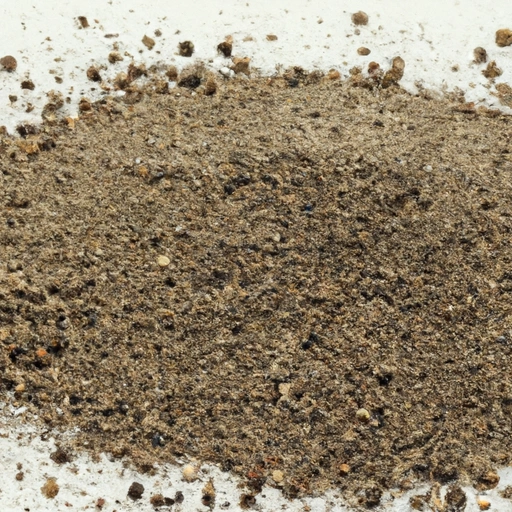Pepper
Description

Pepper is a ubiquitous spice that graces tables and recipes across the world. Known for its ability to add heat and depth to dishes, it comes in various forms such as whole peppercorns or ground powder. With varieties ranging from the common black pepper to the more exotic white, green, and red peppercorns, pepper truly is a global ingredient. In recipes, pepper's measurements can vary, with amounts given in teaspoons (tsp), tablespoons (tbsp), grams (g), or ounces (oz), catering to both American and European units used in food preparation.
Common uses
Pepper is commonly used as a seasoning to enhance flavor, as a preservative, and even for its potential health benefits. It is found in spice blends, marinades, rubs, and as a universal table condiment.
Nutritional value
Calories
Pepper is low in calories, with about 5 to 8 calories per teaspoon (2 g to 3 g).
Protein
It contains a modest amount of protein, typically around 0.3 grams per teaspoon.
Fat
Pepper is virtually fat-free, with only trace amounts present.
Carbohydrates
It has about 1 gram of carbohydrates per teaspoon, mostly from fiber.
Vitamins
Pepper contains small amounts of vitamins C and K, with about 2% of the daily recommended value per teaspoon.
Minerals
This spice is a source of minerals like iron, manganese, and a small amount of calcium.
Health benefits
Pepper may offer health benefits such as digestive support, antibacterial properties, and could potentially improve nutrient absorption. It contains piperine, which has been studied for its possible antioxidant and anti-inflammatory effects.
Potential risks
While pepper is generally safe for consumption, excessive intake can lead to gastrointestinal irritation or respiratory issues in some individuals. People with ulcers or acid reflux may need to limit their pepper intake.
Common recipes
Pepper is used in a myriad of recipes ranging from classic pepper steak to a simple seasoning for vegetables and salads. It's a staple in sauces, soups, and meat preparations.
Cooking methods
Pepper can be used in various cooking methods including sautéing, roasting, grilling, and boiling. It's often added at the end of cooking to preserve its flavor and aroma.
Pairing with other ingredients
Pepper pairs well with a wide variety of foods, including meats, seafood, dairy, fruits, and vegetables. It complements other spices such as garlic, oregano, and thyme.
Summary
Pepper is a versatile and essential ingredient with a rich history, numerous health benefits, and a variety of uses in cuisines around the world. Whether used in small pinches or heaping teaspoons, pepper enhances the flavor profile of virtually any dish.